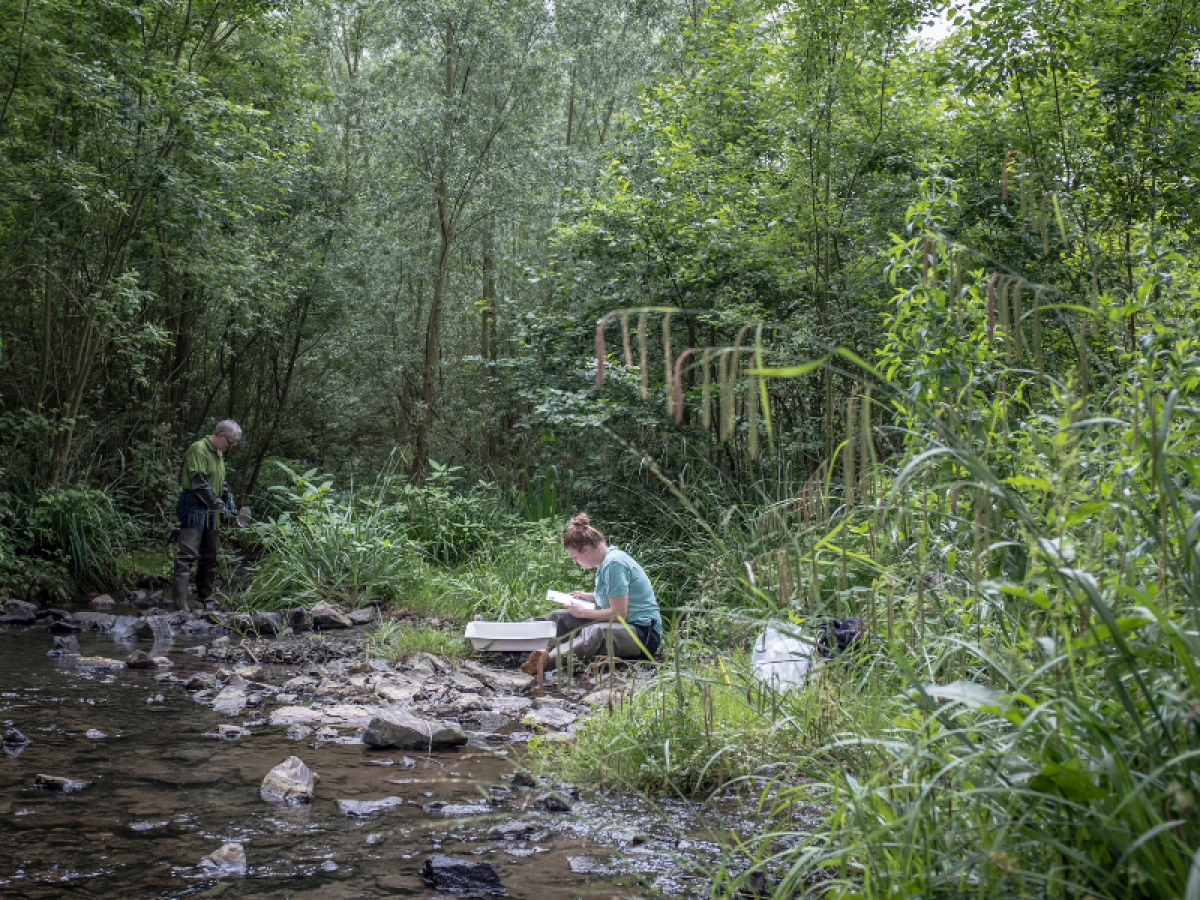Assessment of freshwater ecosystems

Structure and assemblage composition of freshwater ecosystems vary in space and time. Environmental parameters such as river size, sediment composition and discharge determine the occurrence of species. Therefore, rivers and lakes can be grouped into “types”, which are characterized by similar environmental parameters and assemblages.
Furthermore, river and lake biota are subject to environmental stress. While eutrophication and organic pollution were the predominant stressors in the past, impacts of hydromorphological degradation are nowadays more important in many regions.
We investigate both, the impact of natural parameters (“typology”) and of stressors (“assessment”) on a variety of freshwater inhabiting organism groups and on ecosystem functions. A focus is on benthic invertebrates, and on the comparison and synthesis of assessment results obtained with different organism groups (fish, benthic invertebrates, diatoms, macrophytes).
Together with several partner institutes, we have developed the German national assessment system PERLODES, which is based on benthic invertebrates and comprises all steps from sampling site selection to data interpretation (www.fliessgewaesserbewertung.de). The assessment system is designed to implement the Water Framework Directive and is applied by all Federal States in Germany for routine river monitoring. Almost 1,000 users apply the respective software.
Within two EU-funded projects and together with partners from many European countries we have developed similar methodologies for rivers in other ecoregions (www.aqem.de, www.eu-star.at), which we are continuously improving and intercalibrating. Furthermore, we have been involved into a project, which developed a simple, field-based assessment system for rivers in the Hindu Kush-Himalayan region. (www.assess-hkh.at).

